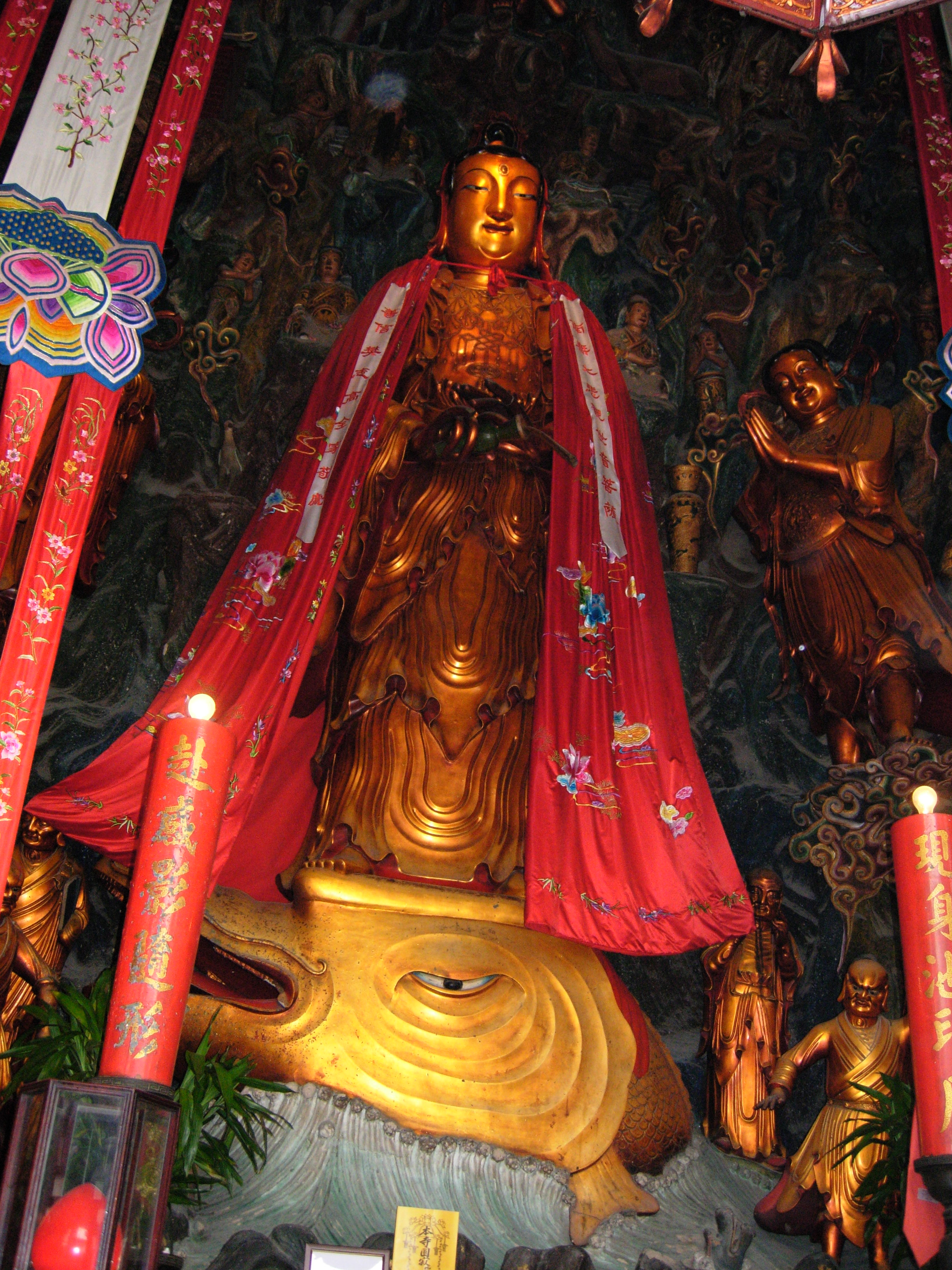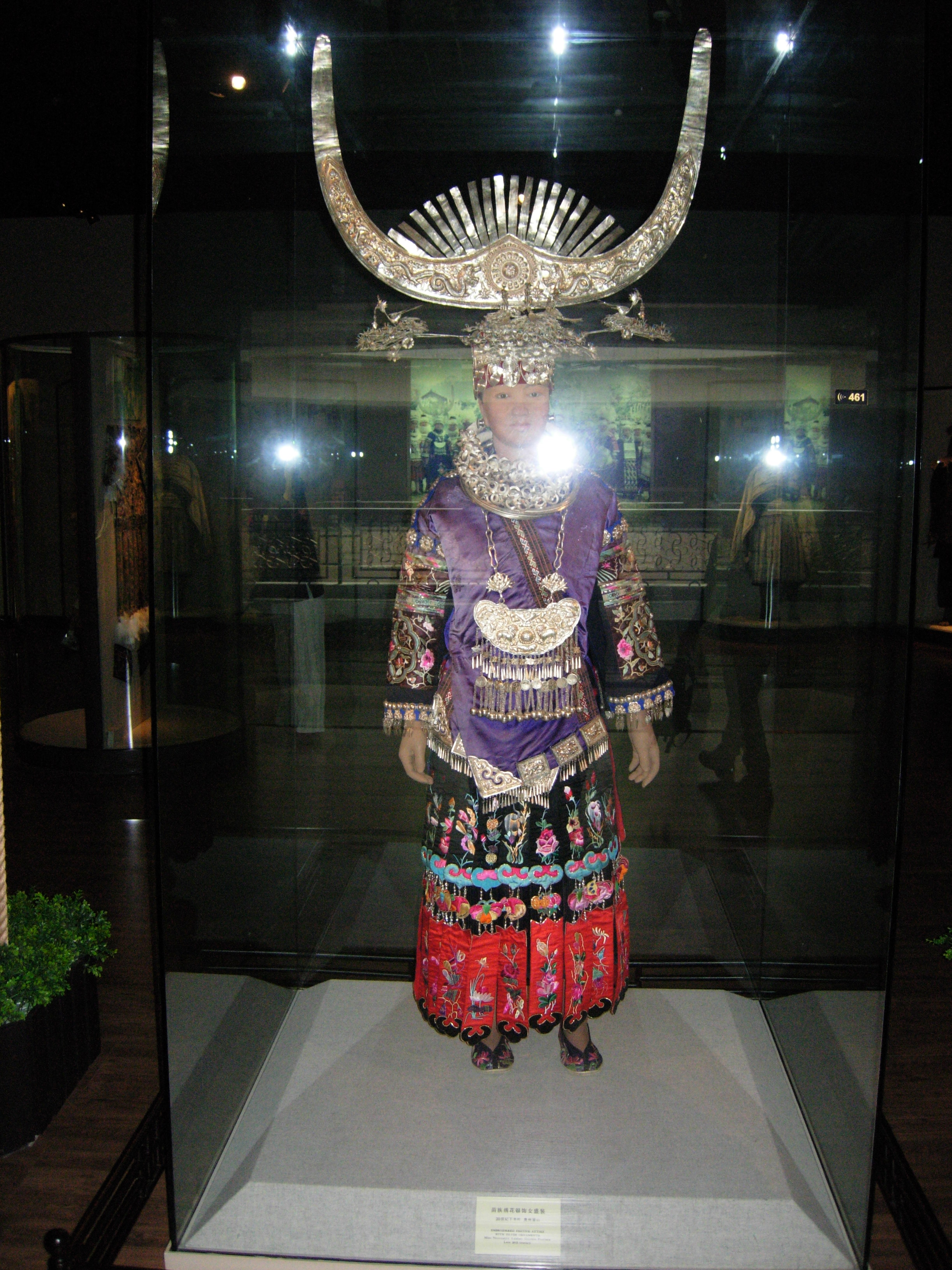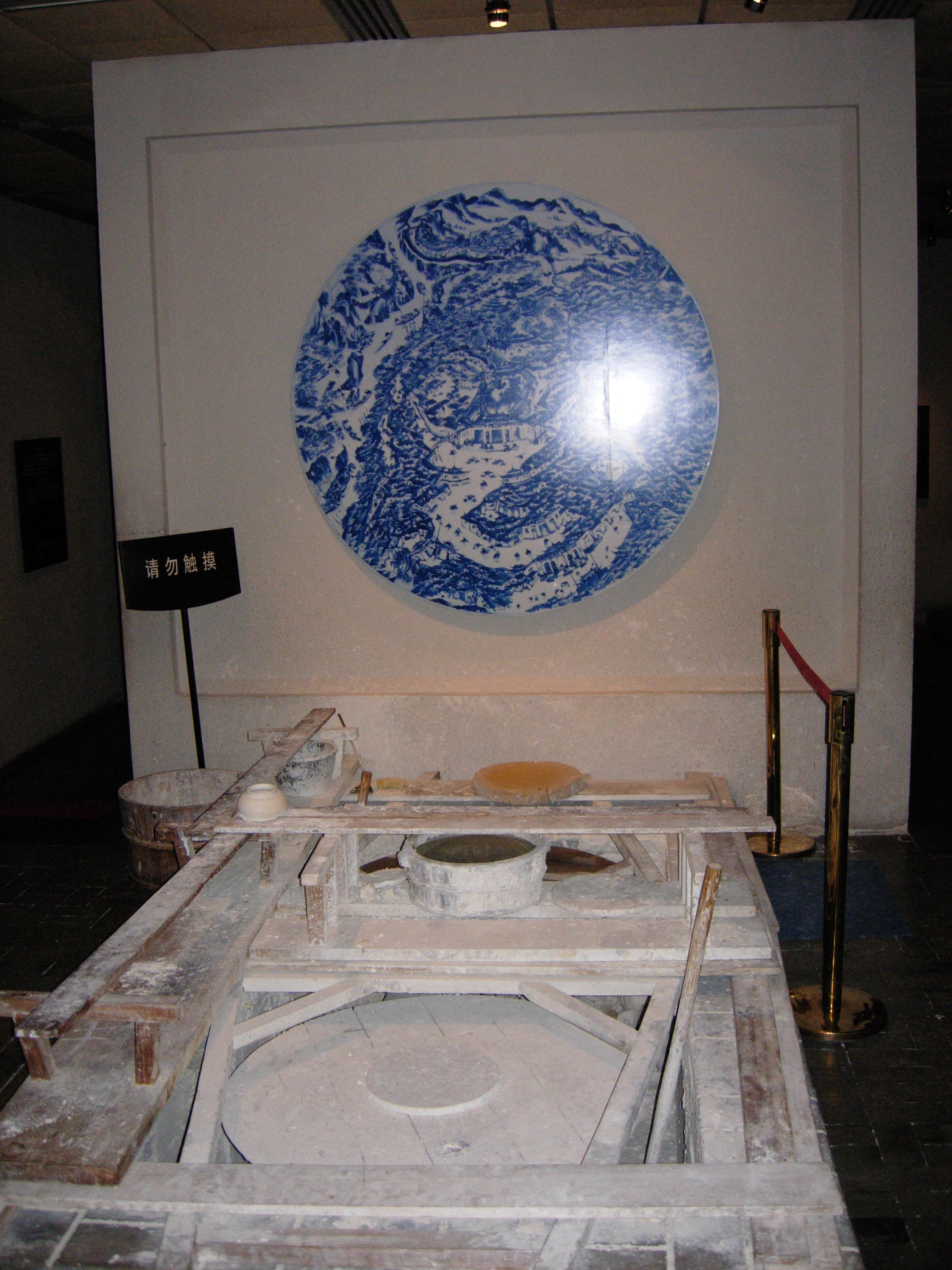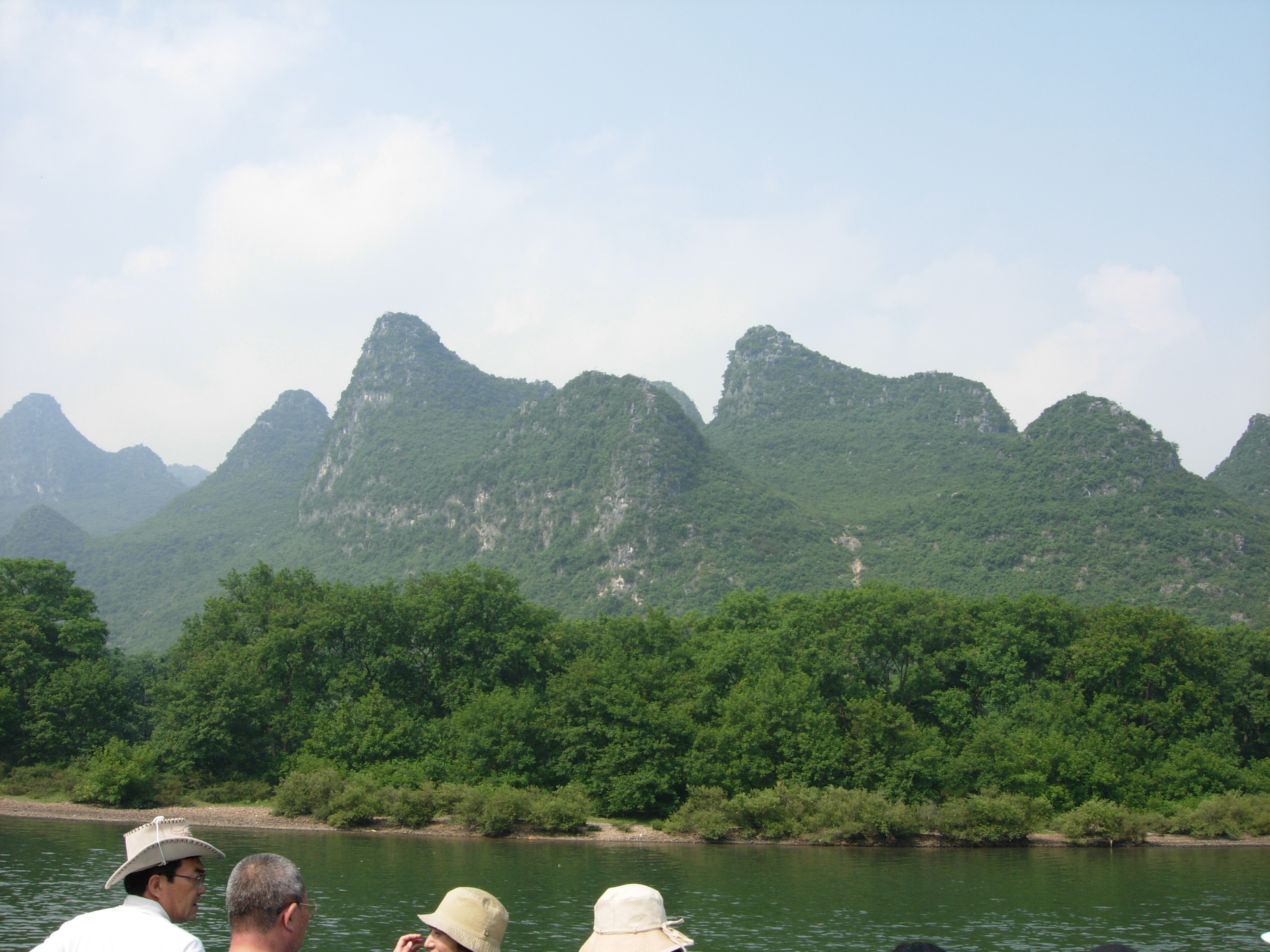

Guillin-China (Pictures: Mark A. Torres Aug. 2006)
Guilin-City
M useum
useum
For
more than two thousand years, from
the Song to the Qing Dynasty, Guilin has been the political, economic, and
cultural center of Guangxi, formerly a province and now an autonomous region.
 Located
in the northeastern part of
Guangxi, Guilin has long laid claim to having the most beautiful scenery in
China. With its mild subtropical climate, it is a pleasant place to visit at any
time of the year. In autumn, when the sweet osmanthus is in bloom, the fragrance
of the blossoms pervades the air. The shrub grows everywhere in and around the
city; the name Guilin, in fact, means “forest of sweet osmanthus.”
Located
in the northeastern part of
Guangxi, Guilin has long laid claim to having the most beautiful scenery in
China. With its mild subtropical climate, it is a pleasant place to visit at any
time of the year. In autumn, when the sweet osmanthus is in bloom, the fragrance
of the blossoms pervades the air. The shrub grows everywhere in and around the
city; the name Guilin, in fact, means “forest of sweet osmanthus.”

The area around
Guilin is dotted with weirdly shaped karts pinnacles that appear to have spring
up straight from the ground. They
look like elephants, camels, horses, lions, lotus, bamboo shoots, and
even emerald hairpins.

The city itself abounds in fantastic hills with spectacular caves. The best known of these are Reed Flute Cave (Ludiyan) and Seven Star Cave (Qixingyan), with their stalagmites and stalagmites of stroking shapes and colors.
Guilin has many waterways. The Lijiang River and the Peach Blossom Rive (Taohuajiang) wind their way through the hills. An attractive park surrounds two glistening lakes – Banyan Lake (Ronghu) and Fire Tree Lake (Shanhu). The boat ride from Guilin down the Lijiang to Yangshuo is one of the highlights of a visit to this beautiful area; the river is so clear that the astonishing peaks along its banks are reflected in the water as in a mirror.
Pilgrimages Viajes Index Español English Index